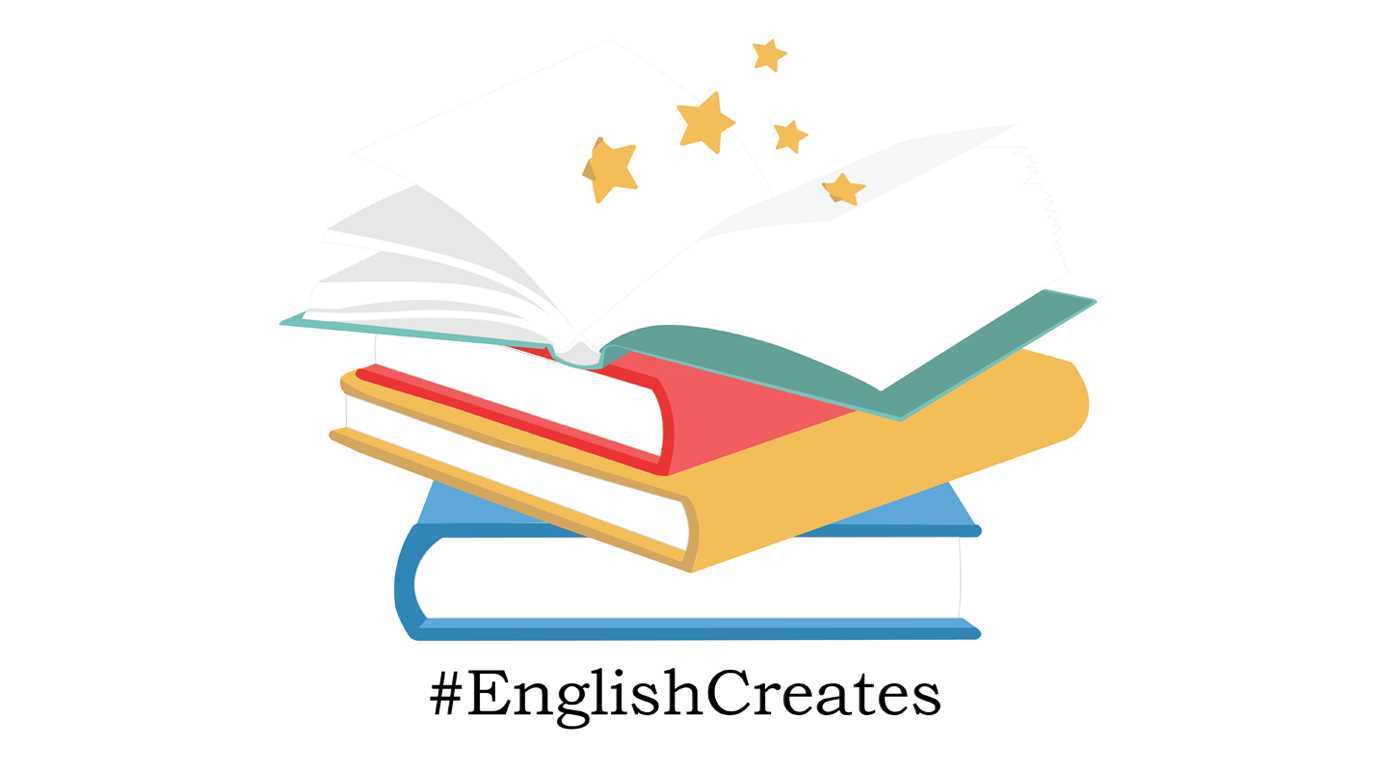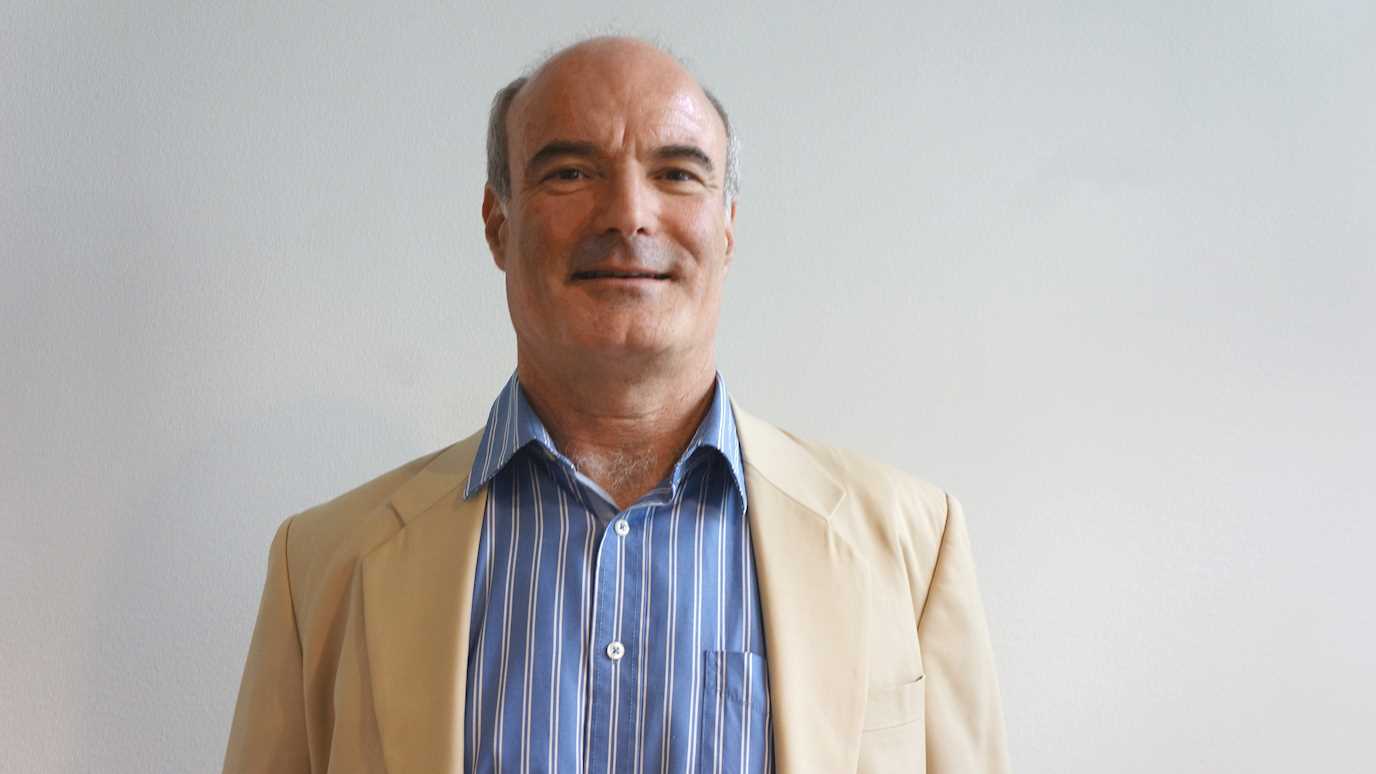In its latest issue, the popular science magazine Scientific American includes a fascinating article from Dr Rudiger Riesch that explores how killer whales are changing before our eyes, with new species evolving due to different cultures in groups across the globe.
Male northern resident killer whale showing his impressive dorsal fin
Much more than just big dolphins!
Observations made since the 1970s have shown that killer whale populations around the globe each have unique ways of doing everything from hunting to communicating. Physical traits, including colouration, body size and dorsal fin shape, vary among groups as well, albeit somewhat more modestly.
These cultural and physical differences, along with the astonishing degree of genetic diversity documented in these creatures over the past 15 or so years, suggest that today's killer whale populations are in the midst of going their separate evolutionary ways.
That is, they appear to be splitting into new species that, if this process continues, ultimately will be unable to produce viable or fertile offspring with one another.
Intriguingly, their cultural differences may be driving this diversification: the whales seem to mate with individuals that largely share their customs, to the exclusion of those that do not, a preference that creates the conditions needed for speciation to occur.
Culture comes high in mate-making criteria
Dr Riesch has spent time observing killer whales in their natural habitat, and has described his work as part of this latest article:
"Just offshore from the pebble beaches of Bere Point on Malcolm Island, British Columbia, the Naiad Explorer rocks gently in the waters of the Queen Charlotte Strait. The sun has burned off most of the morning mist, save for a thin layer that still shrouds the tips of the island's cedars, firs and spruces. I watch from the boat as three killer whale brothers named Cracroft, Plumper and Kaikash gently scrape their bodies against the small, smooth stones in the shallows off the bow. The brothers have already spent the better part of an hour here absorbed in this activity. Soon they will leave to hunt for salmon or look for mates."
This is just one example of the kinds of unique behaviours which have led scientists to see culture as a driving force behind killer whale speciation.
Find out more...
Read the article in full, explore Rudy's profile or read the accompanying scientific paper.
You can also read about more of the fascinating research taking place in the School of Biological Sciences and find out how to apply.

























